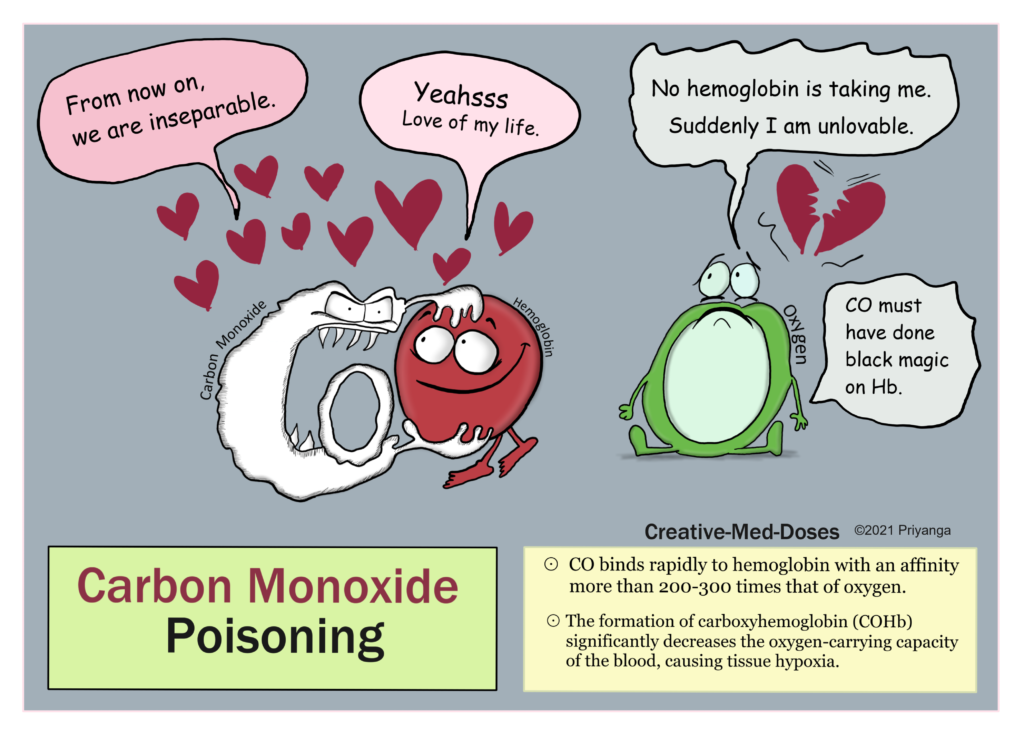

Original Assignee Harbor Ucla Medical Center Priority date (The priority date is an assumption and is not a legal conclusion. Google has not performed a legal analysis and makes no representation or warranty as to the accuracy of the list.) Google has not performed a legal analysis and makes no representation as to the accuracy of the status listed.) Active, expires Application number US13/957,308 Inventor Ruey-Kang Chang Current Assignee (The listed assignees may be inaccurate.
#Sids carbon dioxide poisoning pdf#
Google Patents Monitor for SIDS research and preventionĭownload PDF Info Publication number US9572528B1 US9572528B1 US13/957,308 US201313957308A US9572528B1 US 9572528 B1 US9572528 B1 US 9572528B1 US 201313957308 A US201313957308 A US 201313957308A US 9572528 B1 US9572528 B1 US 9572528B1 Authority US United States Prior art keywords infant carbon dioxide risk sleep sleep position Prior art date Legal status (The legal status is an assumption and is not a legal conclusion. Google Patents US9572528B1 - Monitor for SIDS research and prevention The almost identical symptoms of SIDS and ATP-deficiency diseases like hypophosphataemia, heat stroke, and carbon monoxide poisoning support the presented hypothesis.US9572528B1 - Monitor for SIDS research and prevention Thereby, the risk of tissue-hypoxia, which follows increased oxygen affinity and vanishing ability to hypoxic hypometabolism, is further enhanced. For term newborns, the peak incidence of SIDS might be explained by the haemoglobin nadir of physiological anaemia and by the therefore reduced capacity for oxygen transport. While innate risk factors may reduce ATP-production in burdening situations, like food deprivation, postnatal hyperthermia and stress augment ATP-catabolism by hyperventilation and hypermetabolism and empty energy stores. Besides, enhanced sympathetic activity leads to hypermetabolism and increased ATP-catabolism. Thereby, tissue-hypoxia and diminished ATP-synthesis may arise. Enhanced breathing, however, requires additional ATP and causes increasing oxygen affinity, which is elevated physiologically during the first months of life. In reaction to hypoxaemia, infants with risk factors show hyperventilation instead of hypoxic hypometabolism and respiratory depression. Because of reduced adipose tissue, more energy for thermogenesis is needed after birth.

Prenatal chronic hypoxaemia and an insufficient supply with nutrients lead to low birth-weight, reduced adipose tissue, elevated haemoglobin F, increased sympathetic activity, hypermetabolism, and diminished hypoxia tolerance in the neonates. Especially in combination, all risk factors for SIDS favour an ATP-deficiency by increasing ATP-catabolism and/or by diminishing ATP-synthesis. SIDS is the result of a frequently protracted ATP-depletion. This study was based on personal considerations and a selective online literature search. Hypoxia plays a major role in the pathogenesis, but the exact mechanism is not fully understood. Despite a decreasing incidence, sudden infant death syndrome (SIDS) is still the most frequent cause of death in industrial nations during the first year of life.


 0 kommentar(er)
0 kommentar(er)
